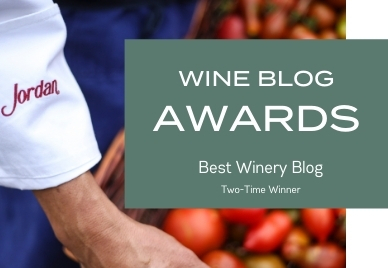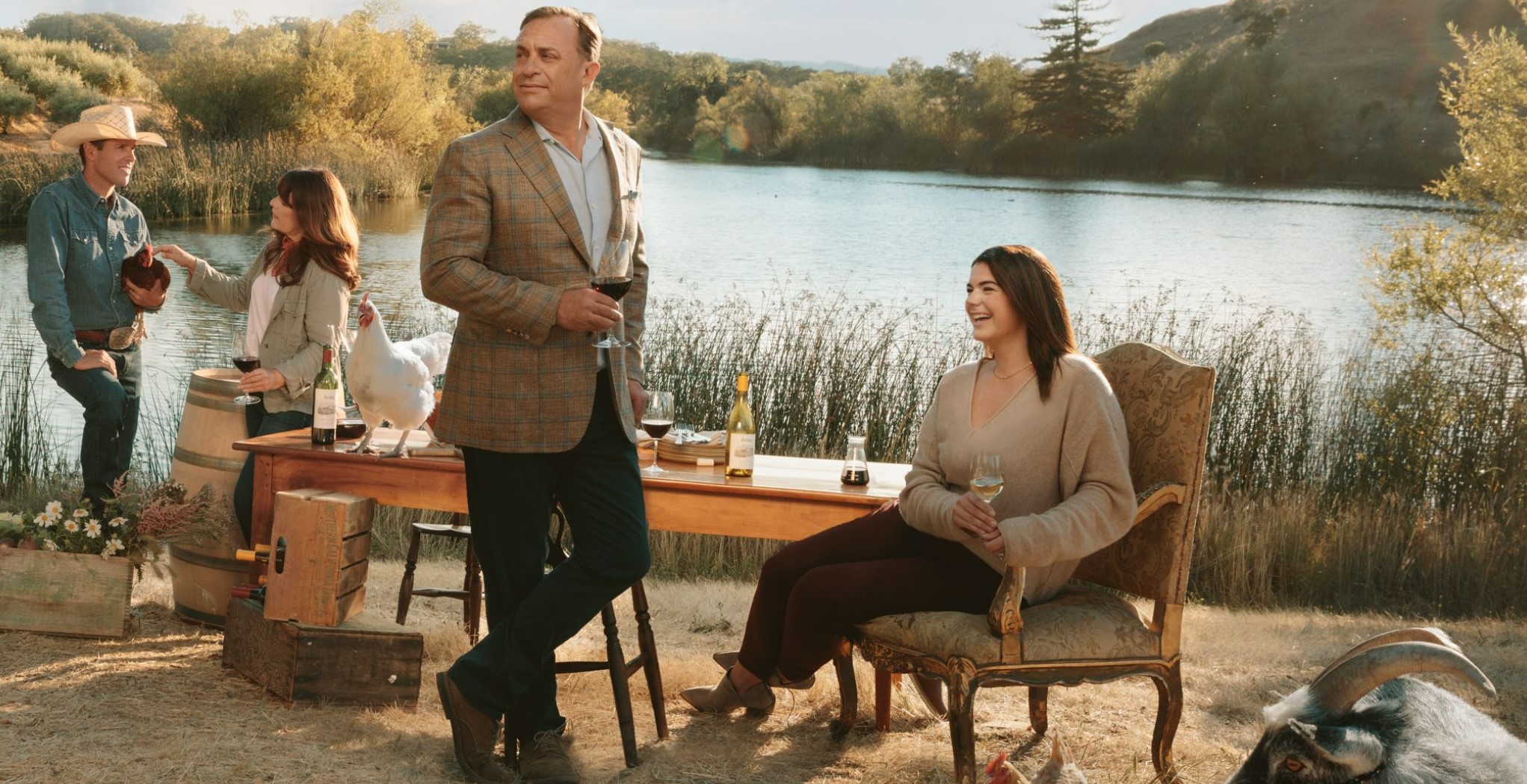Perhaps the biggest make-or-break decision made by a winemaker each vintage is deciding when to harvest the wine grapes. The chemistry of the freshly picked grapes largely determines the potential of a wine’s greatness, as well as the amount of work and attention needed in the winery to coax the wine to that elite quality level. There are multiple methods of estimating when a vineyard is ready to be harvested, and most wineries begin these estimations in the winemaking process by grape sampling–literally walking each vineyard and picking select clusters to take back to the winery for testing and tasting. Sampling begins roughly four weeks before the expected harvest date.
Wine Grape Sampling: a Pre-Harvest Winemaking Process


 Regardless of the method employed, the wine grape sampling must be random–and this is not as easy as it seems. Novice samplers tend to choose similar looking clusters from a similar portion of the plant, along the cordon or cane of each vine. It is crucial to have a system that ensures clusters from every portion of the vine–from each portion of a vineyard sub-lot–are truly represented.
Regardless of the method employed, the wine grape sampling must be random–and this is not as easy as it seems. Novice samplers tend to choose similar looking clusters from a similar portion of the plant, along the cordon or cane of each vine. It is crucial to have a system that ensures clusters from every portion of the vine–from each portion of a vineyard sub-lot–are truly represented.
 The randomly selected clusters are taken to the winery and weighed to calculate average cluster weight. They are then crushed by hand the old-fashioned way. Sugar density (measured in °Brix) and seed maturity are observed at the crush deck, and samples are prepared for a more thorough laboratory testing of the grape juice acidity. These samples will also be tasted by the winemaking team before any decisions are made. Although it is nice to have the lab numbers as back up, it all comes down to taste and balance on the palate, at least for experienced winemakers like Jordan’s Rob Davis.
The randomly selected clusters are taken to the winery and weighed to calculate average cluster weight. They are then crushed by hand the old-fashioned way. Sugar density (measured in °Brix) and seed maturity are observed at the crush deck, and samples are prepared for a more thorough laboratory testing of the grape juice acidity. These samples will also be tasted by the winemaking team before any decisions are made. Although it is nice to have the lab numbers as back up, it all comes down to taste and balance on the palate, at least for experienced winemakers like Jordan’s Rob Davis.
Typically at Jordan, we harvest our Bordeaux variety grapes (Cabernet Sauvignon, Merlot, Malbec and Petit Verdot) at lower sugar levels than is common in Northern California–levels more like the grand cru classé wines of Bordeaux that were the original inspiration for Jordan Cabernet Sauvignon.
Watch the grapes being harvested next.

